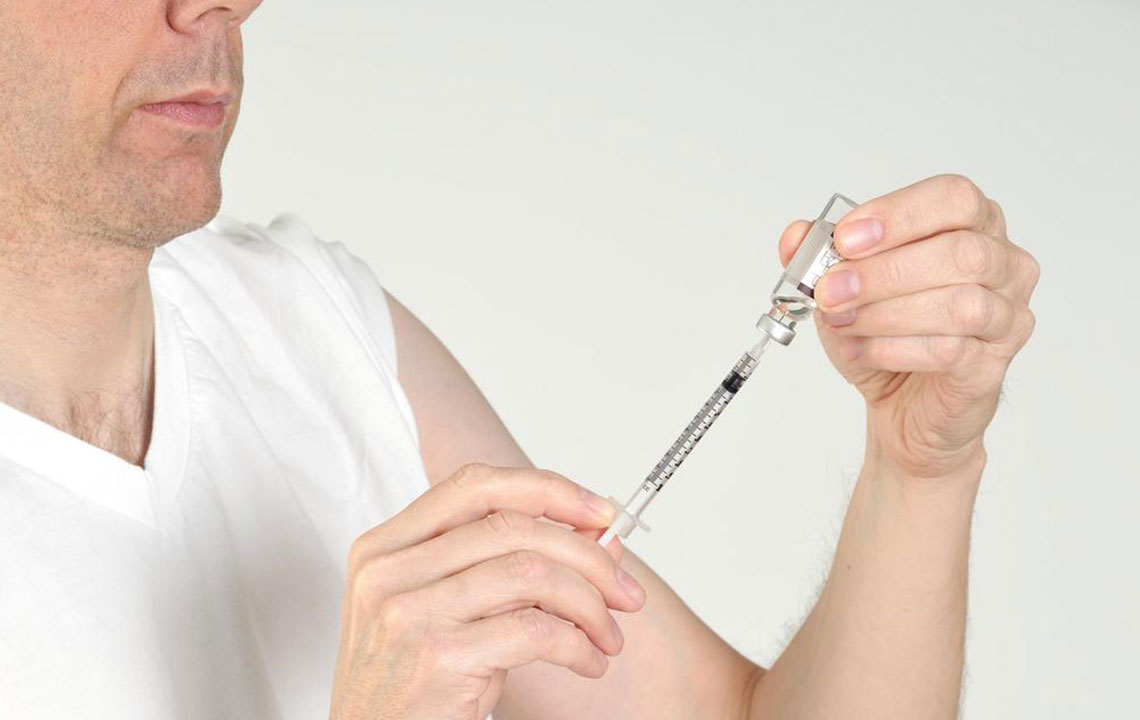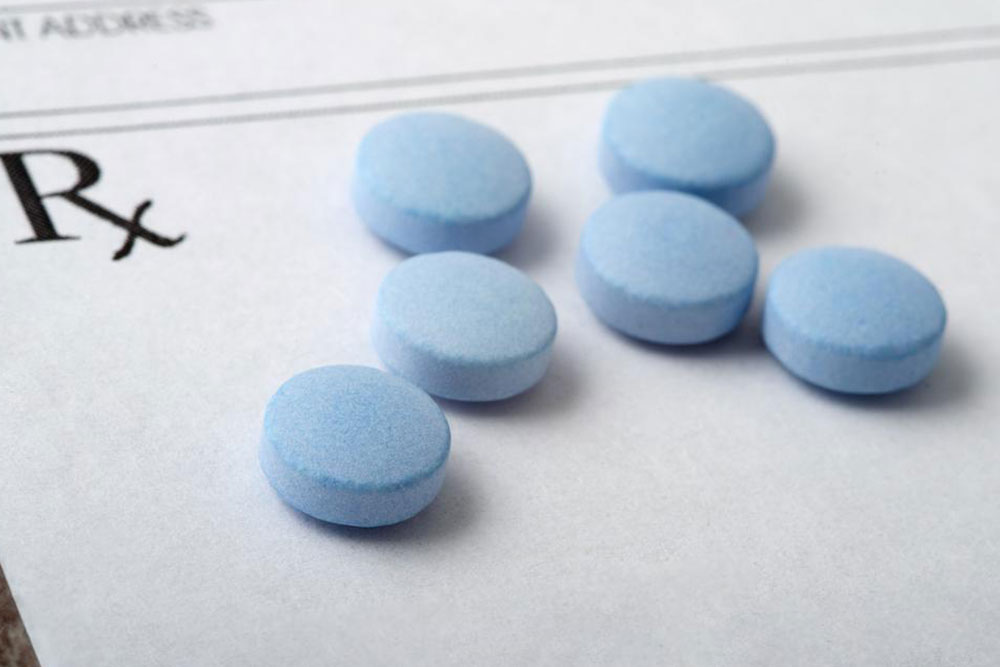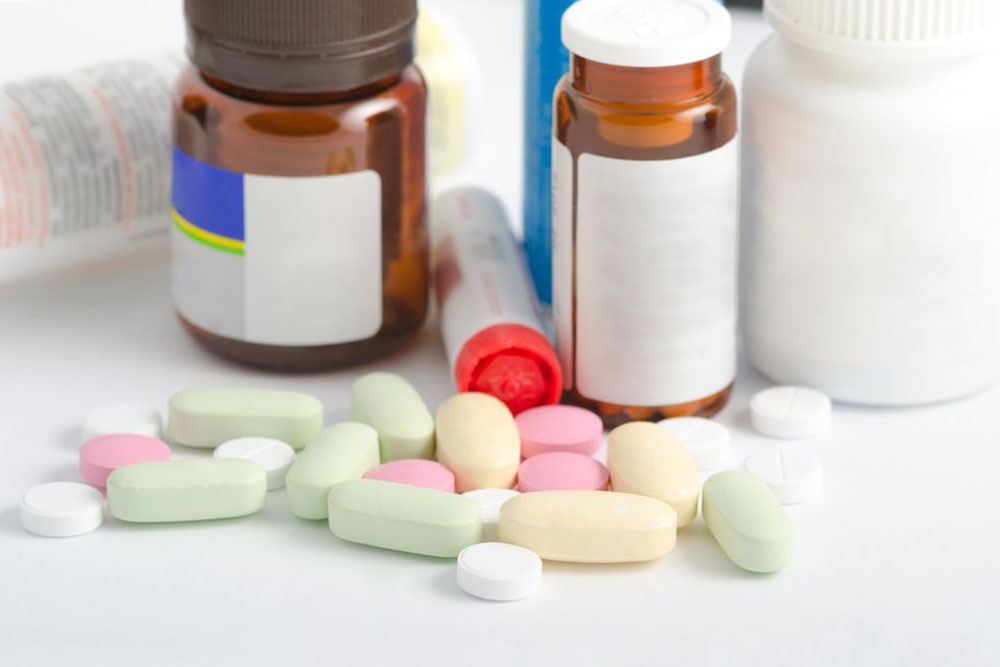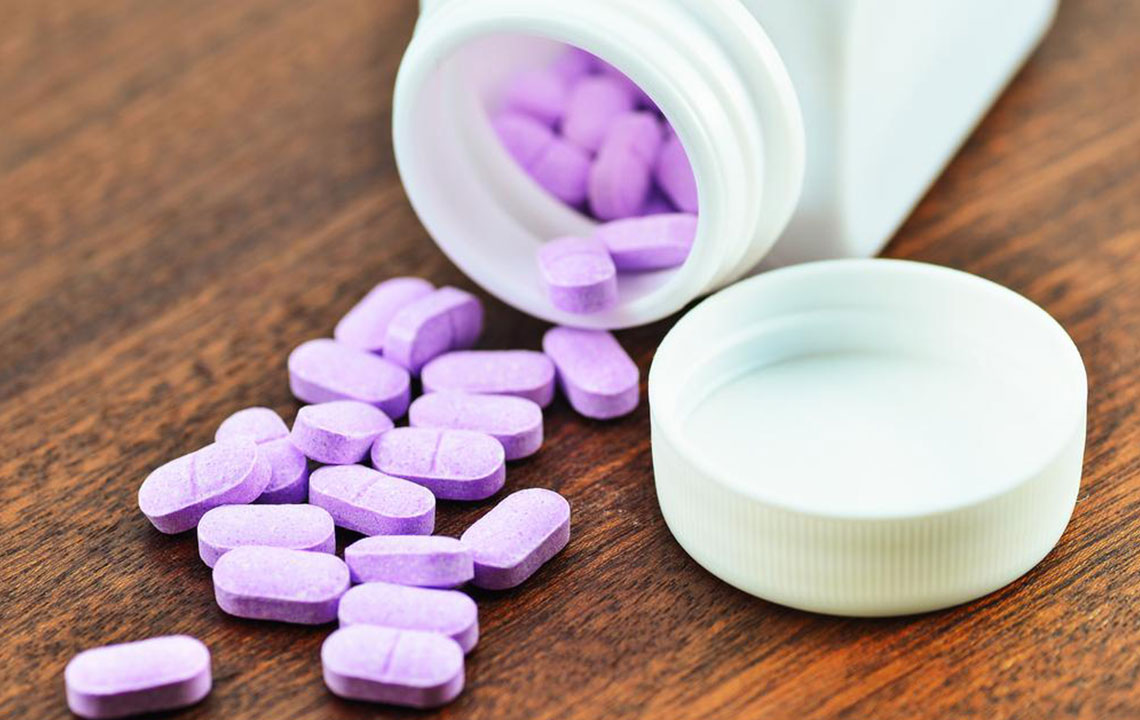Effective Strategies for Opioid Overdose Intervention Using Naloxone
Learn about naloxone, an effective medication used to reverse opioid overdoses. This article covers different formulations, administration methods, safety precautions, and its importance in battling the opioid epidemic. Understand how timely naloxone use can save lives and promote safer community responses to overdose emergencies.
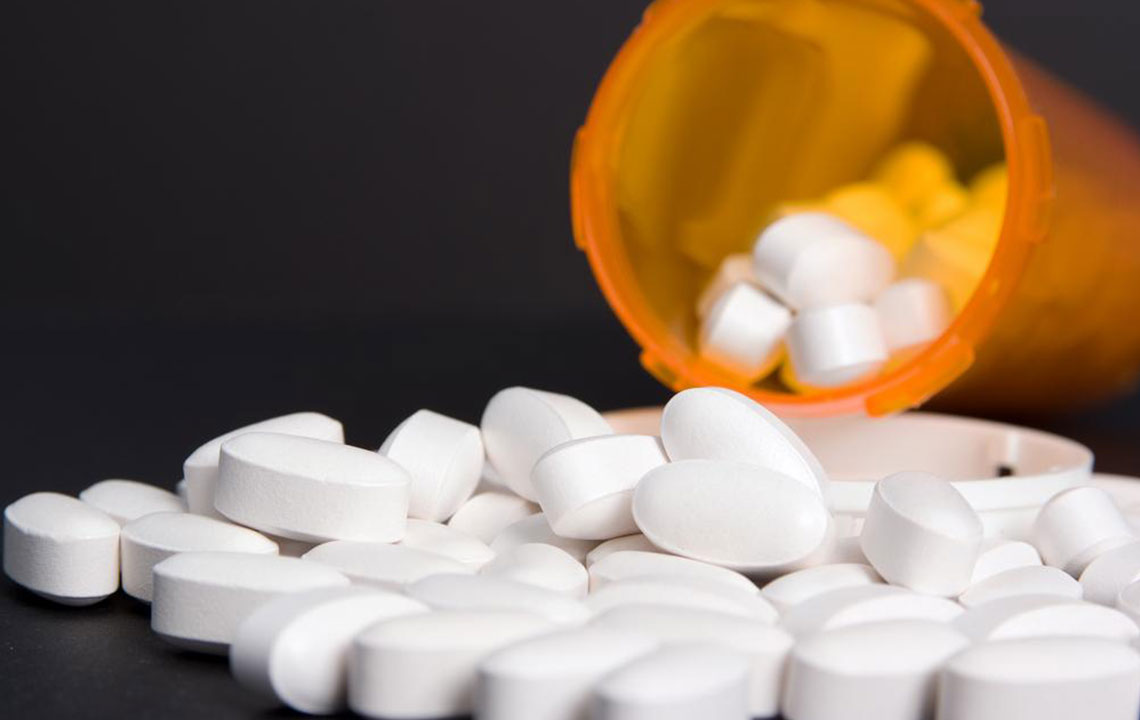
Effective Strategies for Opioid Overdose Intervention Using Naloxone
Opioids encompass a class of drugs that include pain relievers like hydrocodone, fentanyl, tramadol, and oxycodone, as well as illegal substances like heroin. Often called narcotics, opioids are prescribed by healthcare providers to manage pain during severe injuries or surgeries, and also for symptom relief during cancer treatments like chemotherapy.
Short-term use of prescription opioids is generally safe, but prolonged use or misuse can lead to addiction or dependence, especially when combined with other substances.
Opioids impact respiration, often causing slowed or halted breathing in high doses, which can be fatal. Over 30,000 deaths annually in our country, and approximately 70,000 worldwide, are linked to overdose from opioids like heroin and painkillers. One key treatment approach is administering naloxone to reverse overdoses. This medication binds to brain opioid receptors, blocking the effects of other opioids and restoring normal breathing.
There are three FDA-approved formulations for naloxone administration:
Auto-injectors: Pre-filled devices designed for quick use by emergency responders or bystanders, with verbal guidance on proper injection into the thigh.
Injectable kits: Require training for intranasal delivery, with atomizers included. Proper assembly is essential for safe use.
Nasal spray: Prefilled, needle-free devices that deliver naloxone directly into the nostril, including two doses for severe overdoses.
Depending on the state's regulations, obtaining naloxone may require a physician’s prescription or it might be available over-the-counter. Dosage varies based on the level of overdose severity or dependency, and multiple doses may be necessary. Always follow instructions or consult healthcare providers before administering.
Even individuals undergoing medication-assisted treatment (MAT) for opioid use disorder are at risk of overdose, highlighting the importance of timely intervention.
Precautions and Potential Side Effects: Post-administration monitoring for at least two hours is crucial to observe breathing and alert medical personnel if needed. While naloxone is safe, side effects like nervousness, dizziness, body aches, nausea, changes in vital signs, or allergic reactions such as hives and swelling may occur.
Allergic reactions may result in pain at the injection site, flushing, sweating, or difficulty breathing. Therefore, medical supervision during and after administration is vital.
Naloxone's Role in Combating the Opioid Crisis: Most states have enacted laws permitting or encouraging naloxone distribution, with 37 states allowing laypersons like family and caregivers to carry and administer the drug. Many believe widespread access could lead to misuse, but evidence shows naloxone saves hundreds of lives annually, primarily when used by those nearby during overdose incidents.
Having accessible naloxone provides critical time for individuals to seek professional treatment, making it an essential tool in addressing opioid addiction and reducing fatalities.

